Safflower is an all white seed that is farmed in around the world (including North America) and used to make vegetable or safflower oil for cooking. The seed comes from the safflower plant (Carthamus tinctorius) which occurs naturally in the Mediterranean region, northeastern Africa, and southwestern Asia to India. Safflower is very appealing seed to many of our backyard birds. Safflower is available as a loose seed- sold on it's own, in a seed blend or in cylinder form.
Cool safflower fact...according to Wikipedia, Safflower is one of humanity's oldest crops. Chemical analysis of ancient Egyptian textiles dated to the Twelfth dynasty identified dyes made from safflower, and garlands made from safflowers were found in the tomb of the pharaoh Tutankhamun.
 |
| Loose Safflower Seeds (left) and a WBU Safflower Sensation Cylinder (right) |
 |
| This WBU Supreme Blend of seeds is contains a bit of safflower to attract the birds that enjoy it |
Safflower is a very bitter seed, which is both a good and a bad thing. The bitterness of the seed is disliked by many squirrels (approximately 80% of squirrel dislike safflower), House Sparrows, European Starlings and blackbirds (I have seen Common Grackles, European Starlings and House Sparrows all sample safflower- usually in desperation because of cold weather and lack of food). Safflower's bitter taste also means that not all of our backyard birds enjoy eating it, for example American Goldfinches are not a fan of this seed.
As a side note sometimes you will hear about "squirrel free" bird food, in other words seeds that the squirrels aren't too keen on. Typically this mix is made up of safflower and millet. I've seen squirrels eat and enjoy both of these seeds, especially in cold harsh weather when there is a lack of food. Needless to say "squirrel free" bird food does not exist.
There are some tricks to feeding safflower. Here are some things I have learned while feeding this seed:
- It can take a long time for the birds to adjust to this seed. If you think about it this makes sense. Since safflower is not native to North America the birds here don't know right away what it is or that they can eat it. I can still remember the way my chickadees starred at for several minutes it the first time I put it out. Our backyard birds aren't used to an all white seed and can take up to six weeks to fully adjust to this seed; but once they adjust they will be back for more! So please be patient.
- To keep squirrels and blackbirds away from feeders offer straight safflower; don't mix safflower with any other seeds. Otherwise you are just giving the critters the option to avoid the safflower and eat the seeds they like. It's quite funny to watch grackles the first time they encounter safflower. They pick out one seed at a time and throw them on the ground in hopes of finding something better inside the feeder.
- Feeding safflower in the cylinder form is great since the birds can't steal the seed and fly away. They have to peck it out of the cylinder, giving you longer views.
- Keep safflower out year round. There are some many birds that enjoy safflower. Keeping it out year round avoids any adjustment periods and keeps the birds coming back.
Ontario Birds that Love Safflower:
- Northern Cardinal*
- Black-capped Chickadee
- Rose-breasted Grosbeak*
- Downy Woodpecker
- Hairy Woodpecker
- Red-bellied Woodpeckers
- Mourning Dove*
- Tufted Titmouse
- White-breasted Nuthatch
- White-throated Sparrow
- Song Sparrow
- House Finch*
- Purple Finch
- Blue Jay
*- Favourite Seed Choice
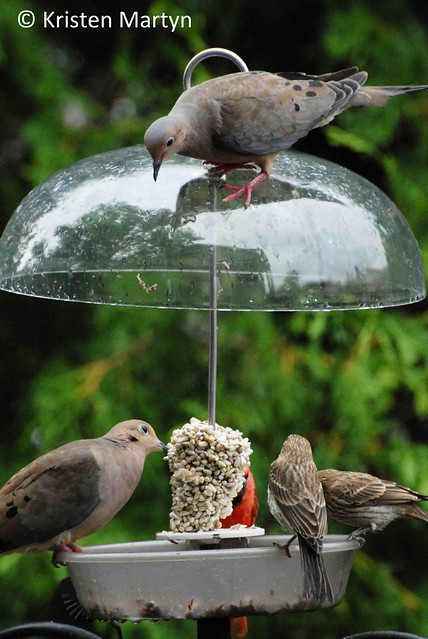 |
| Mourning Doves, Northern Cardinal and House Finches all snacking on a WBU Safflower Sensation Cylinder |
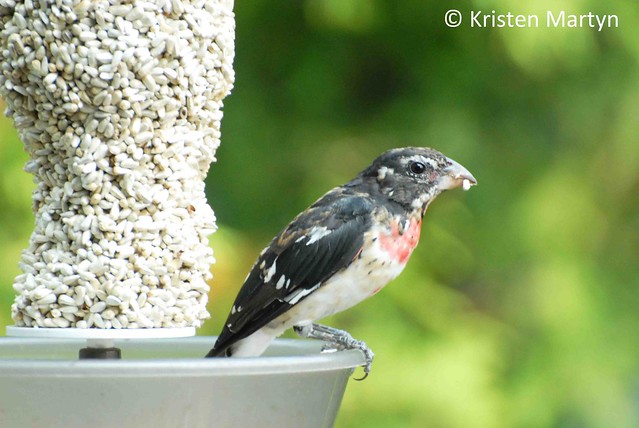 |
| Young male, Rose-breasted Grosbeak enjoying a WBU Safflower Sensation Cylinder |
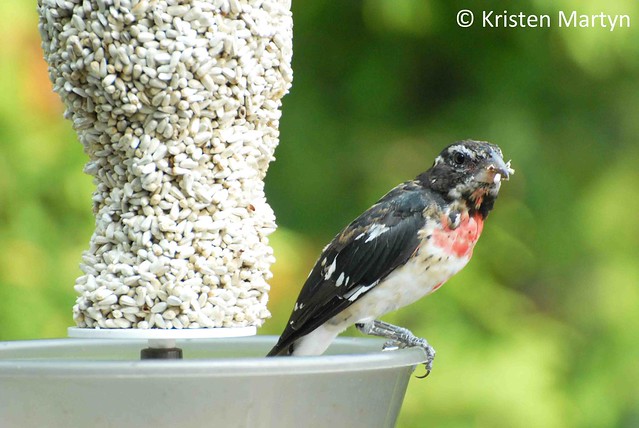 |
| Young male, Rose-breasted Grosbeak enjoying a WBU Safflower Sensation Cylinder |
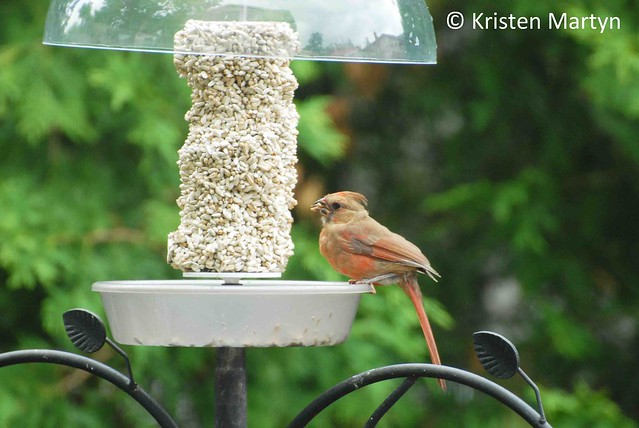 |
| Young male, Northern Cardinal enjoying a WBU Safflower Sensation Cylinder |
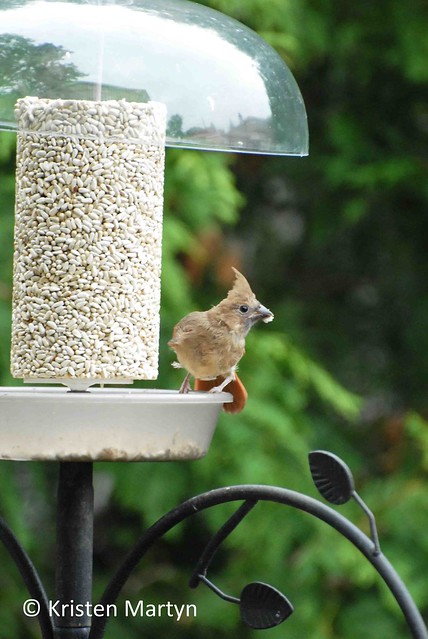 |
| Young Northern Cardinal enjoying a WBU Safflower Sensation Cylinder |
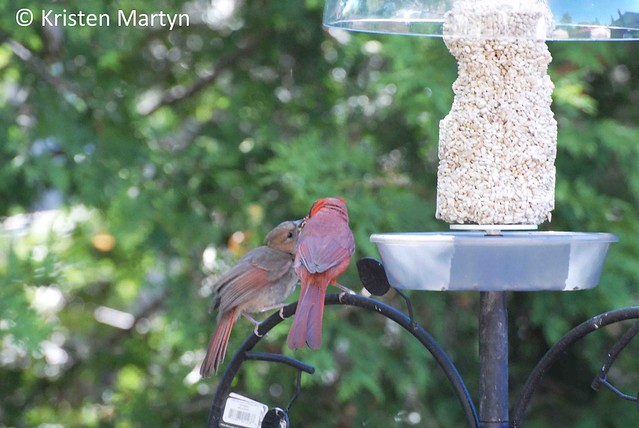 |
| Male Northern Cardinal feeding his young some safflower |
 |
| Female House Finch enjoying a WBU Safflower Sensation Cylinder |
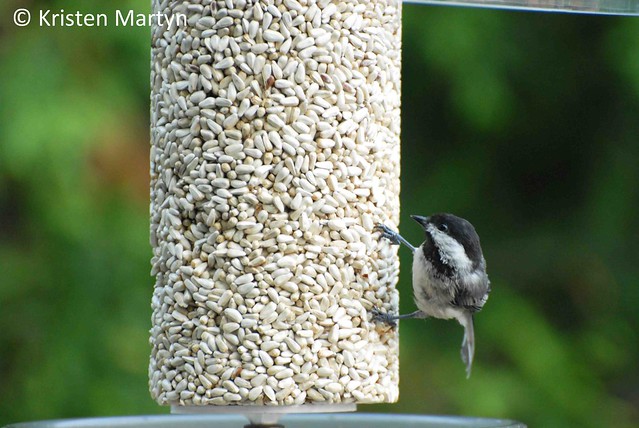 |
| Black-capped Chickadee enjoying a WBU Safflower Sensation Cylinder |
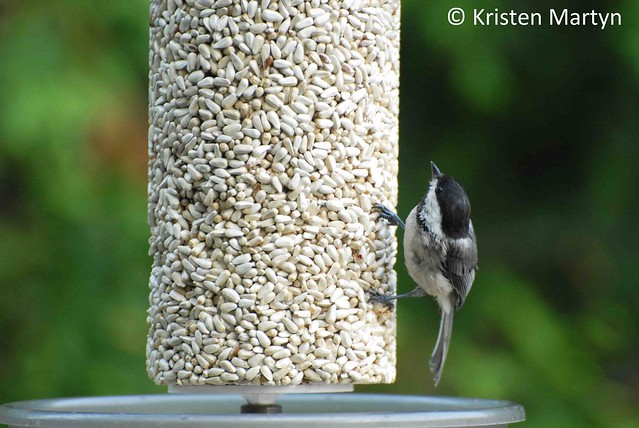 |
| Black-capped Chickadee enjoying a WBU Safflower Sensation Cylinder |
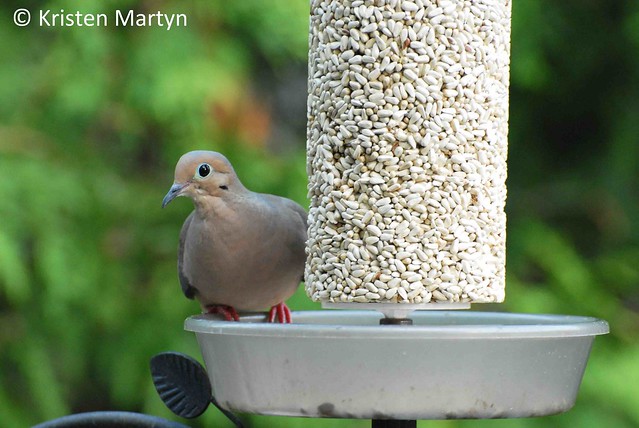 |
| Mourning Dove enjoying a WBU Safflower Sensation Cylinder |
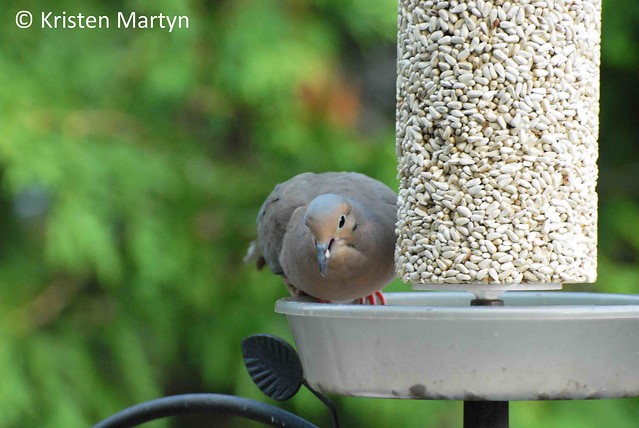 |
| Mourning Dove enjoying a WBU Safflower Sensation Cylinder |
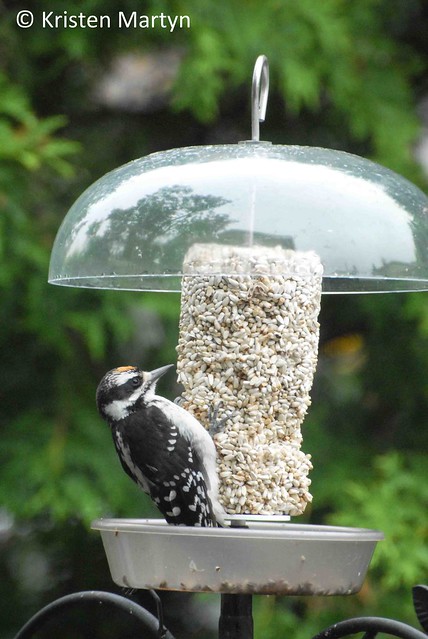 |
| Young male Hairy Woodpecker enjoying a WBU Safflower Sensation Cylinder |
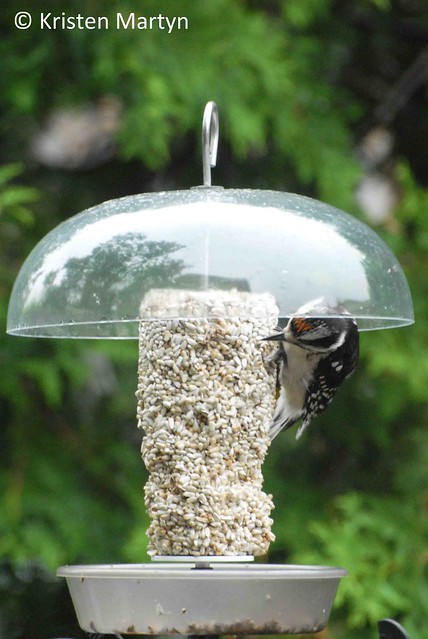 |
| Young male Hairy Woodpecker enjoying a WBU Safflower Sensation Cylinder |
Happy feeding and birding everyone!
~Kristen






















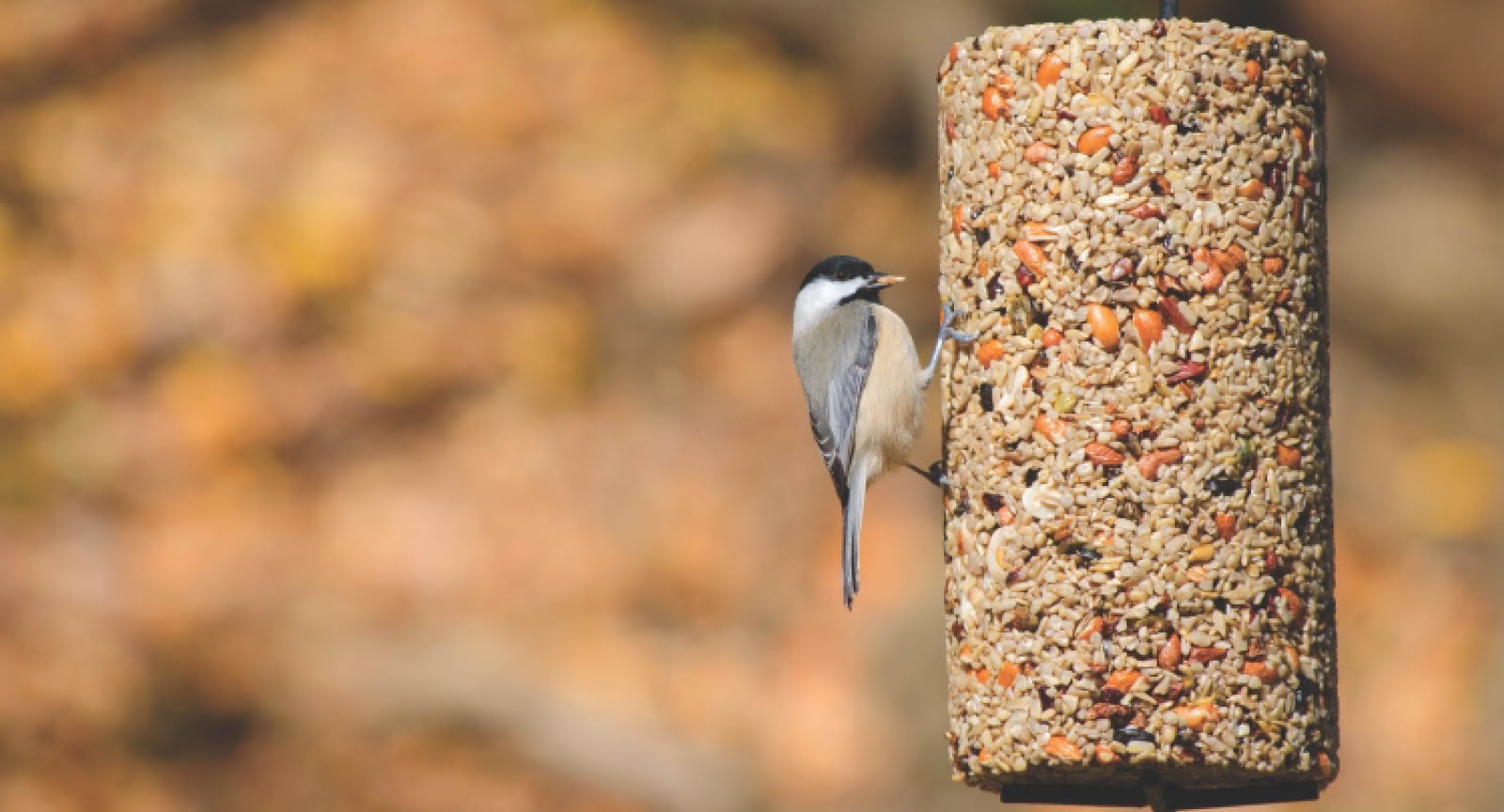
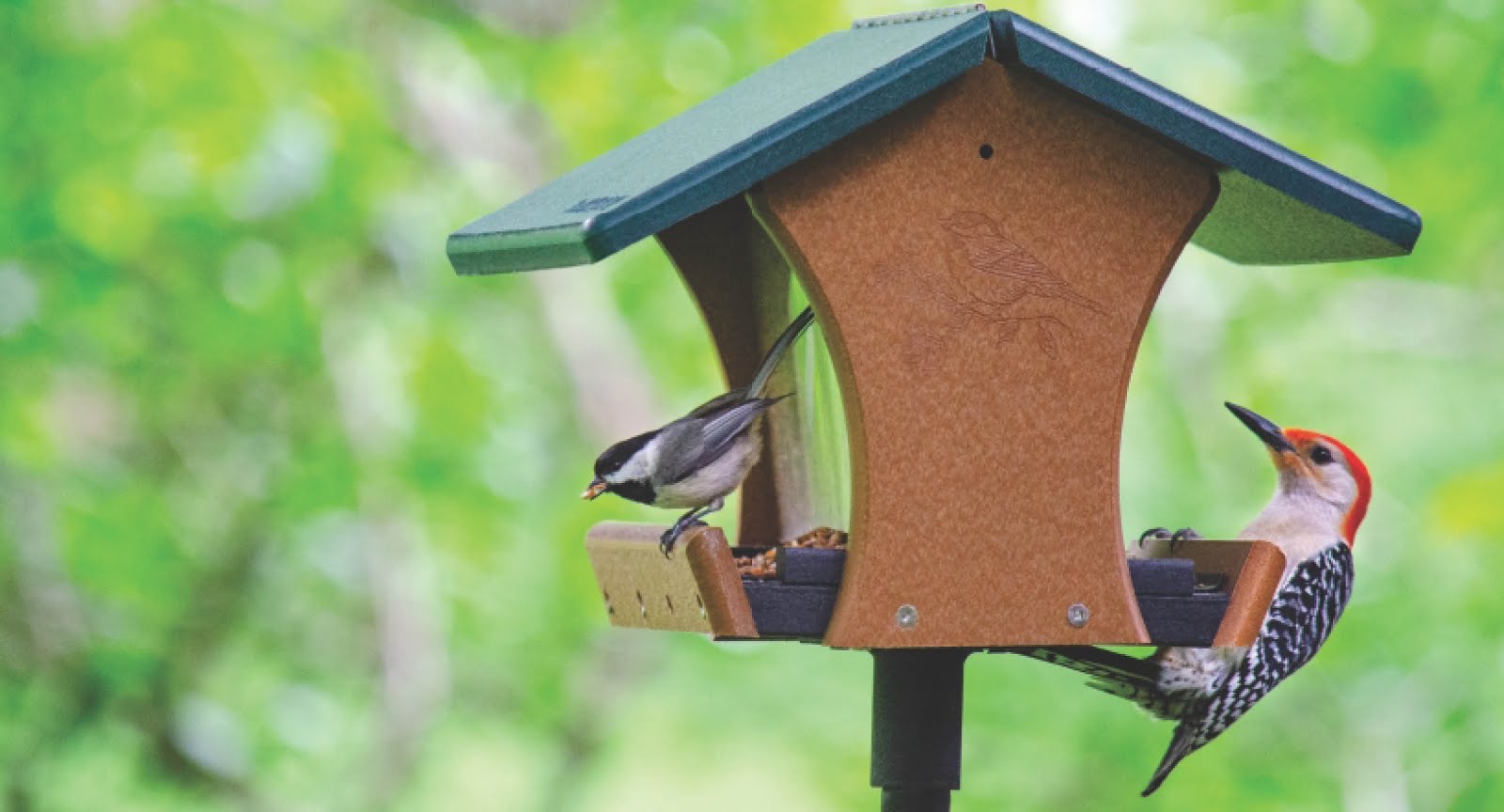
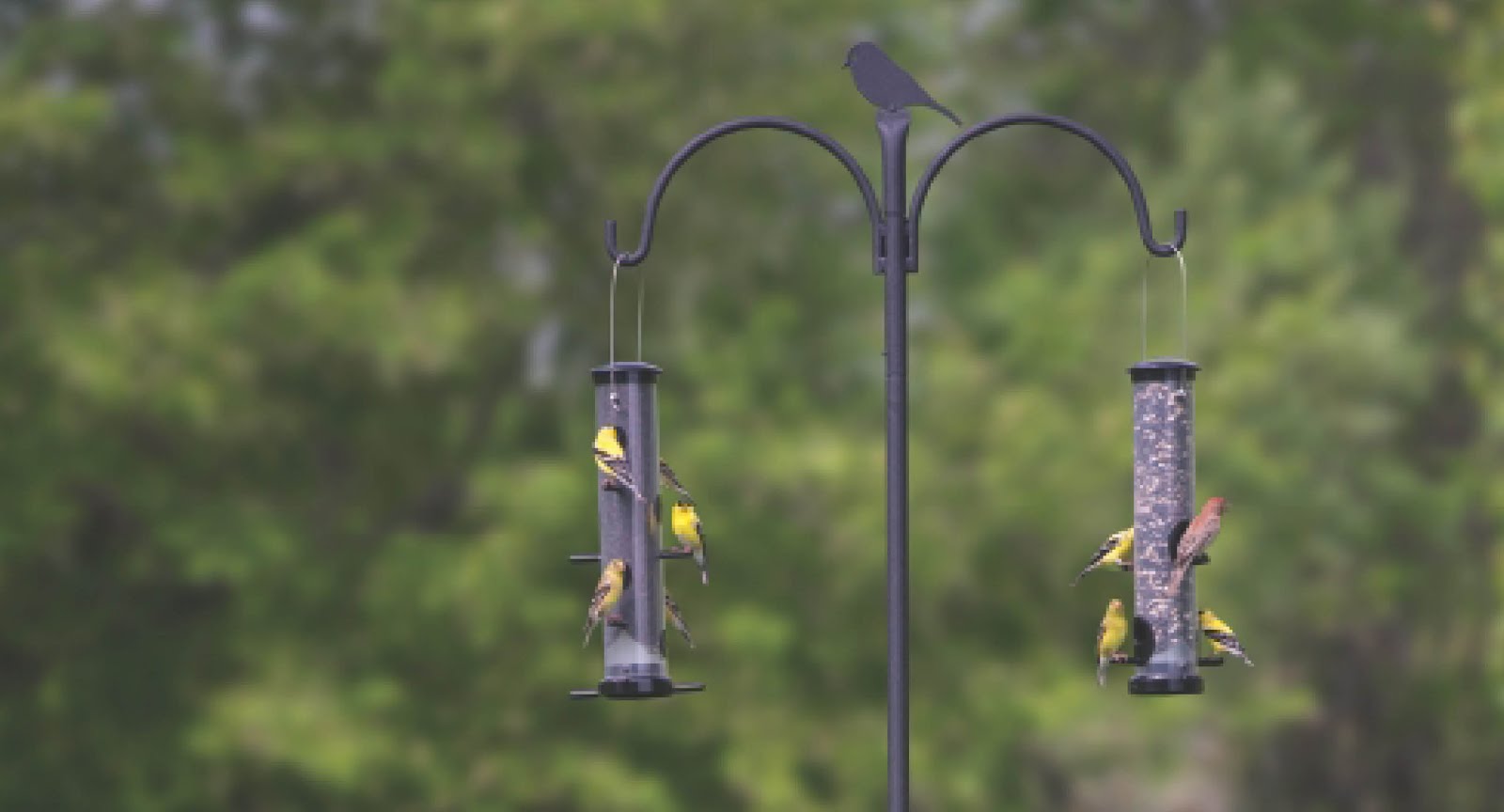





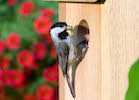
No comments:
Post a Comment